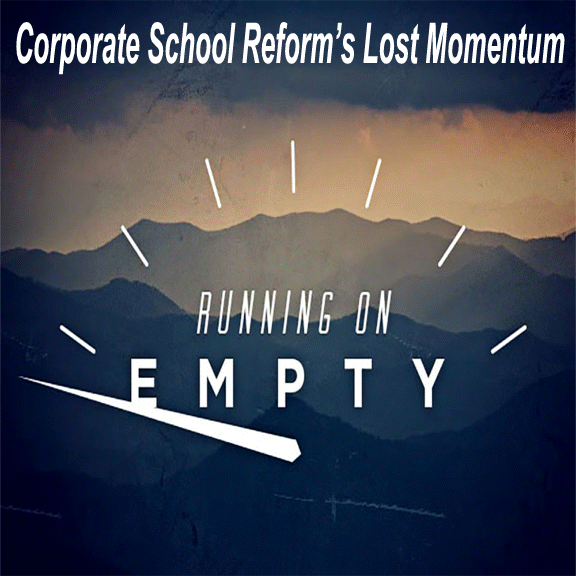State officials say Thrive charter schools should be closed
he California Department of Education says the San Diego-based Thrive charter schools should not be renewed for another five years because of its poor academic performance, according to recently published department documents.
Thrive Public Schools perform worse academically than the district schools its students would have otherwise attended, and its petition to remain open “is not consistent with sound educational practice,” according to a 45-page report by state education department staff.
Since the first school site opened in 2014, Thrive has quickly grown to serve roughly 1,000 students on four campuses, including transitional kindergarten through 11th grade. The State Board of Education is its authorizer.
Thrive opened a new school building in Linda Vista last fall. It advertises a personalized and project-based learning approach.
The state department's recommendation does not yet mean that Thrive will be forced to close.
The State Board of Education will have the final vote on whether Thrive can stay open. However, the State Board has typically followed the department’s recommendations.
Since January of last year, the State Board has approved the establishment or renewal of 14 charter school petitions and denied five, according to meeting minutes. Only twice in the past year has the State Board approved a charter school for which the department recommended denial.
Thrive is seeking a five-year renewal of its charter, which is its required license to remain open, from the State Board after the San Diego Unified School Board voted unanimously to deny Thrive’s renewal request in November. Getting approval from the State Board this spring is Thrive’s last chance to remain open for next school year.
Thrive’s CEO and founder, Nicole Assisi, said in a statement that she expects the State Board will approve Thrive’s renewal despite the staff recommendation.
“Although we are disappointed with the California Department of Education’s recommendation, we remain confident that the State Board of Education will see the CONTINUE READING: State officials say Thrive charter schools should be closed - The San Diego Union-Tribune













